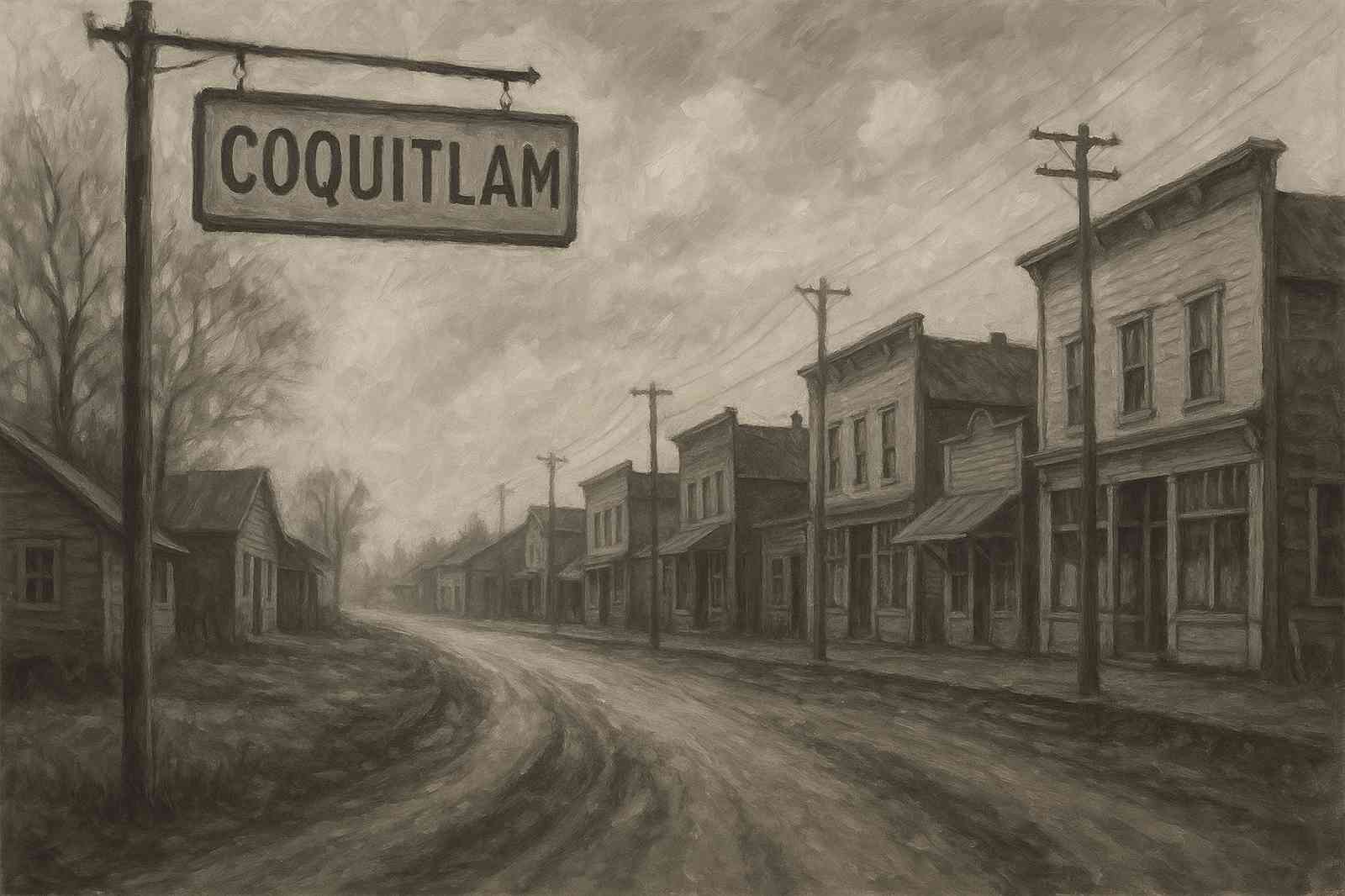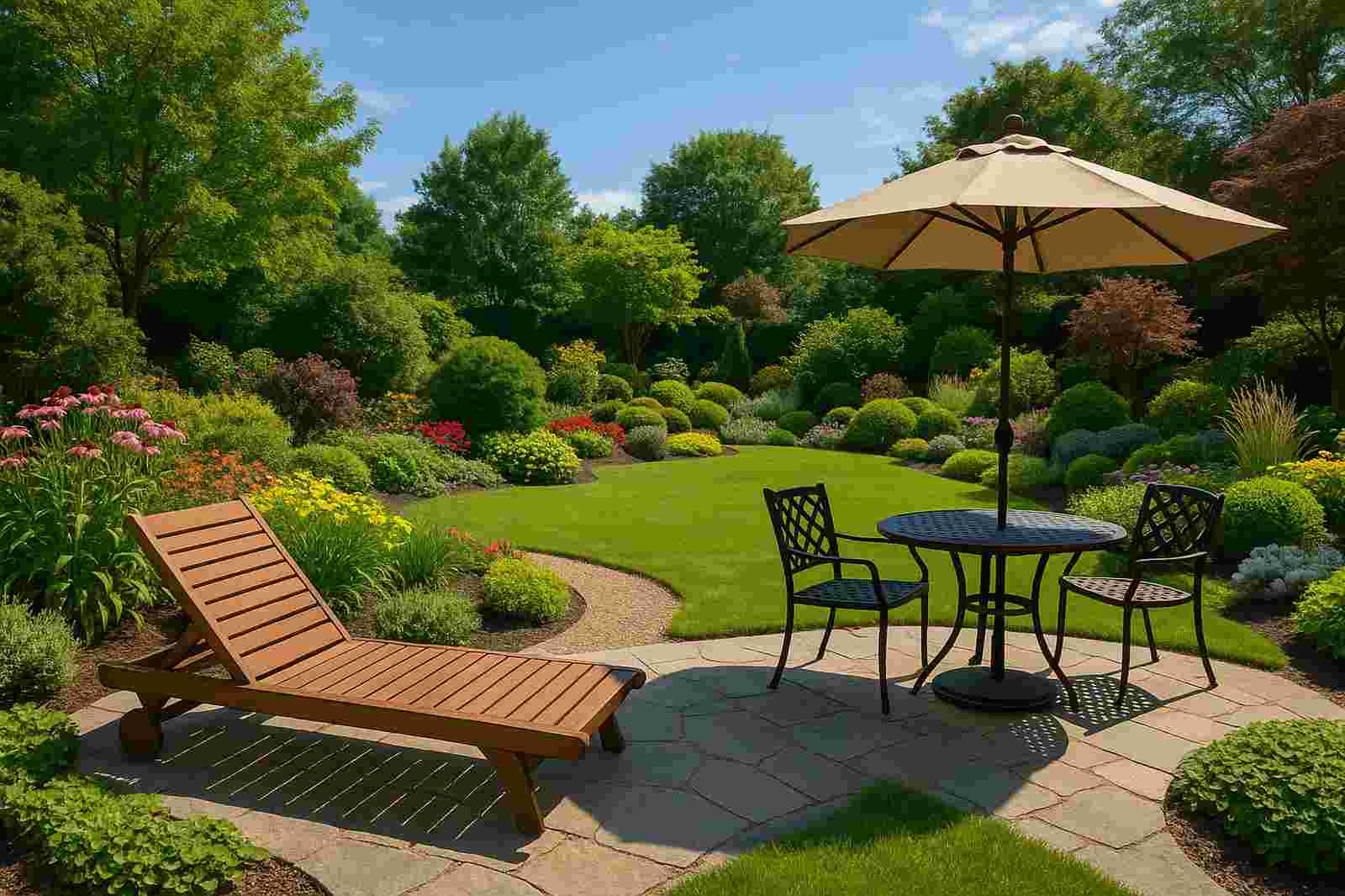We walk along the same Coquitlam River banks where kʷikʷəƛəm (Kwikwetlem) people have always lived upon these lands since before remembered time.
Coquitlam grew from a district municipality in 1891 to become one of Metro Vancouver’s fastest-growing cities, changing from scattered homesteads around Fraser Mills into a thriving urban centre whilst keeping our heritage sites intact through Mackin House and historic Maillardville.
Mackin House Museum and the historic train station connect us with the stories that built our neighbourhoods into what you see around you today.
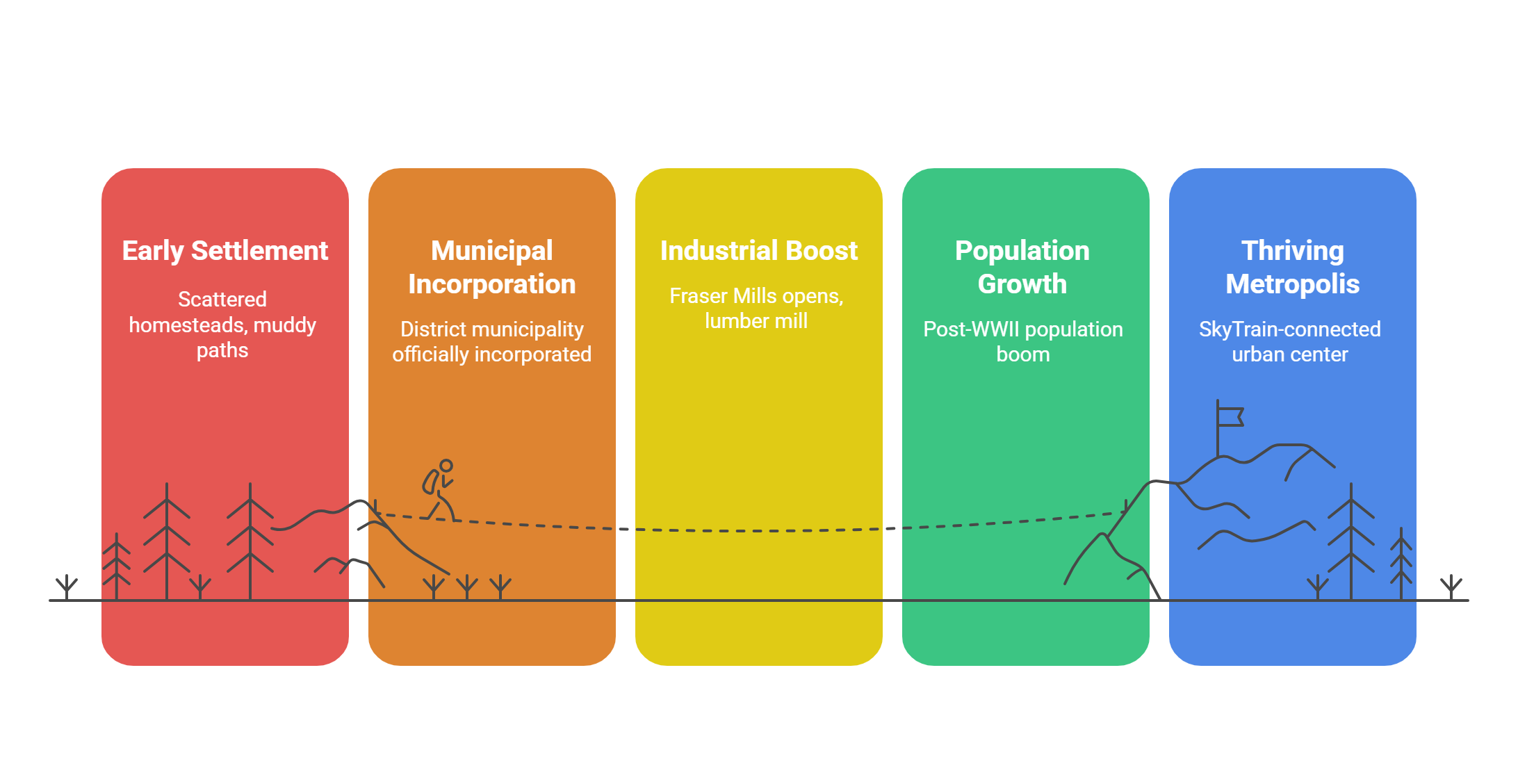
Indigenous Foundations: kʷikʷəƛ̓əm (Kwikwetlem) First Nation
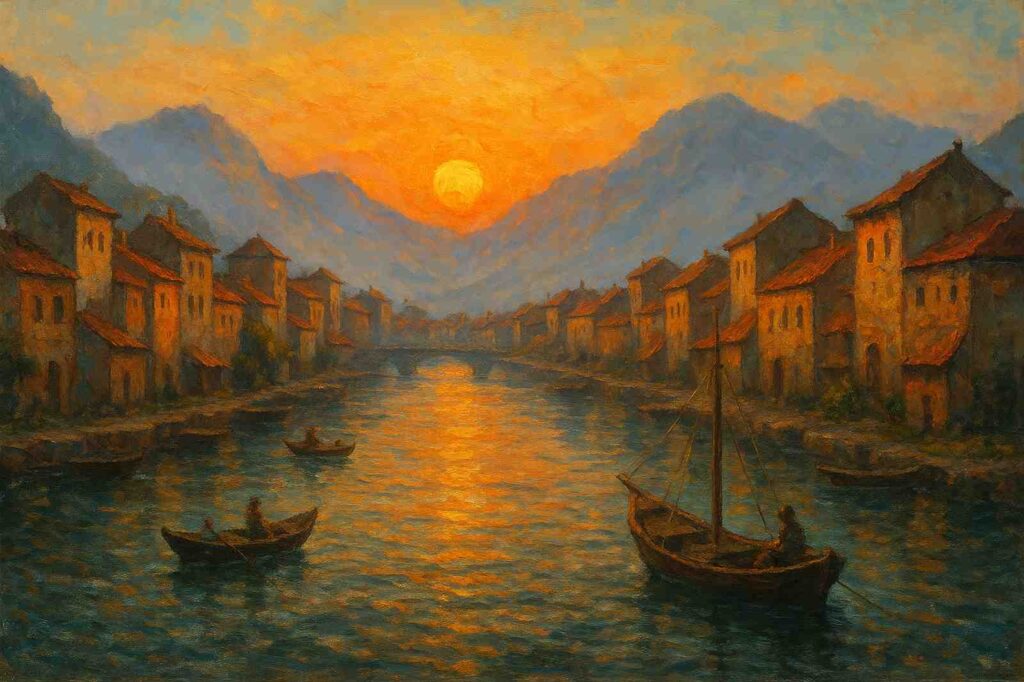
Every morning, mist still drifts up from the Coquitlam River, the same way it did when kʷikʷəƛ̓əm people built their villages at the ancient village site of slakəya’nc, near where the Coquitlam River meets the Sto:lo (Fraser River). We walk through neighbourhoods that sit on ancient lands where salmon runs brought food to families and cedar longhouses protected generations.
The name Coquitlam was derived from the hən̓q̓əmin̓əm̓ word kʷikʷəƛ̓əm meaning “Red Fish Up the River”. The Kwikwetlem First Nation, also known as the Coquitlam Indian Band, is the band government of the Kwikwetlem, a Sto:lo people living in the Coquitlam area. You can still hear their heritage in the place names we use today. When we look back at Coquitlam’s past, we find a deep history that laid the foundation of our community centuries before Europeans arrived.
From Settlement to Cityhood: Coquitlam’s Municipal Journey
Coquitlam grew from wagons rolling through muddy paths to the SkyTrain-connected city we know today. Coquitlam began as a “place-in-between” since the area was opened up with the construction of North Road in the mid-1800s. While the purpose of the road was to provide Royal Engineers in New Westminster access to the year-round port facilities in Port Moody, the effect was to provide access to the vast area between and to the east.
Back in the late 1800s, determined settlers cleared thick forests and built farms that fed their families and communities. In 1891, the municipality of the District of Coquitlam was officially incorporated. The young municipality got its first boost in the dying years of the 19th century when Frank Ross and James McLaren opened Fraser Mills, a $350,000, then state-of-the-art lumber mill on the north bank of the Fraser River.
Those original homesteads grew into the neighbourhoods that shape Coquitlam today. Each area still reflects the strong character of the families who decided to make this place their home, from Maillardville’s French Canadian roots to the diverse communities across our city.
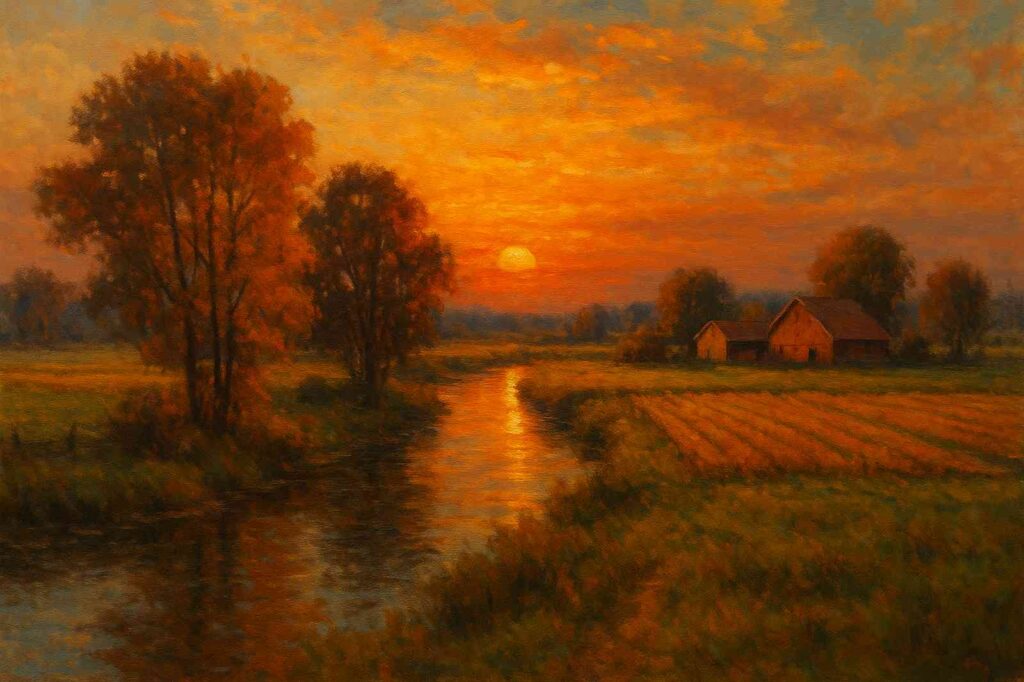
Cultural Heritage and Community Identity
kʷikʷəƛ̓əm people have always lived upon these lands. The lands and waters of the Coquitlam Watershed have sustained kʷikʷəƛ̓əm since before remembered time. The City of Coquitlam recognizes National Indigenous Peoples Day as part of its commitment to reconciliation, honouring these traditions through cultural events and education.
From 1889 to 1909, the majority of Fraser Mills’ labourers were Chinese, Japanese, and Indian workers who faced discrimination in the workplace and in the community. French Canadian settlers began to arrive by train in 1909, and these workers were offered affordable housing and the chance to bring their families along. As a result, the vibrant community of Maillardville was born.
We now celebrate this heritage through Mackin House Museum’s exhibits, Place des Arts’ cultural programming, and Festival du Bois. Each year brings us together to celebrate our multicultural community and build a home where everyone belongs.
Museums, Archives, and Historic Sites
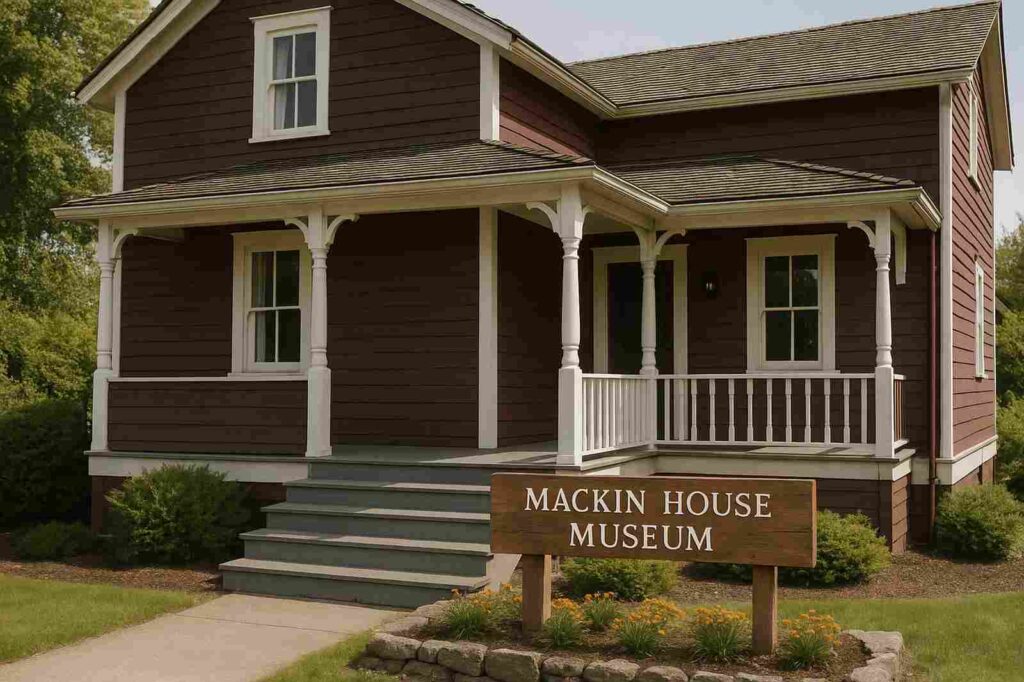
Walking into Mackin House Museum is like stepping back to the Edwardian era—you’ll find the building features period-specific furniture and wallpaper from 1909, when it served as the General Manager’s residence for Fraser Mills. Mackin House is one of the last remaining Fraser Mill homes, located on the corner of Brunette Avenue and Marmont Street.
When you want stronger ties to Coquitlam’s past, visit the train station and caboose outside Mackin House that tells the story of our railway heritage. Place des Arts, housed in the historic Ryan House next door, continues our arts legacy from the 1990s. You can explore Coquitlam Heritage’s variety of programs and events, including workshops, exhibitions, and seasonal celebrations throughout the year.
Modern Coquitlam: Growth and Future Outlook
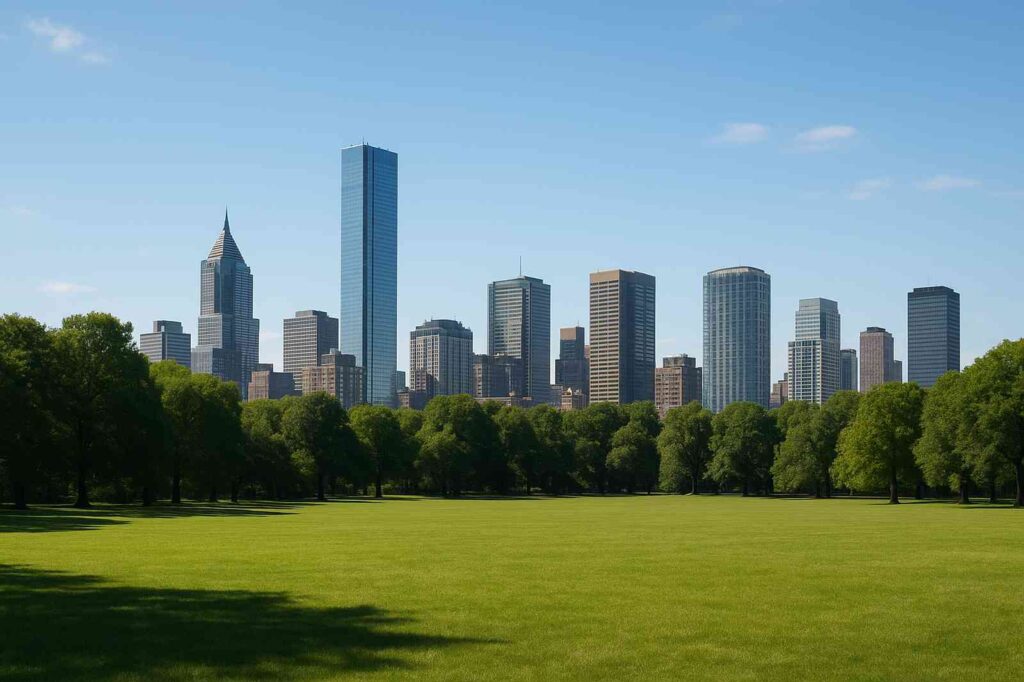
We’ve watched Coquitlam transform from those early farming settlements into the thriving metropolis you see today—with an estimated population of 174,248 in 2024, making us the sixth-largest city in British Columbia.
Our growth reflects real change through strategic urban development. Following World War II, Coquitlam and the rest of the Lower Mainland experienced substantial population growth that continues today. The opening of Lougheed Highway in 1953 made the city more accessible and set the stage for residential growth.
- Town Centre shows off Coquitlam’s ambitious skyline and transit-focused development around Coquitlam Centre
- Maillardville keeps its historic French Canadian charm while adding modern amenities
- Fraser Mills is transforming into Coquitlam’s newest waterfront community with over 5,500 new homes
Coquitlam’s story keeps writing itself—our future means continued growth for all of us who call this place home, all connected by SkyTrain to the rest of Metro Vancouver.
FAQ
What Is Coquitlam, BC, Known for Historically?
Coquitlam’s history runs deep through kʷikʷəƛ̓əm First Nation heritage, Fraser Mills, which by 1908 became a mill town, and the vibrant French Canadian community of Maillardville that’s been bringing folks together since 1909.
What Are Some Highlights of Coquitlam, BC?
Maillardville comes to mind for good reason. You’ll find Mackin House Museum offering heritage experiences, Place des Arts for cultural programming, and the lovely Lafarge Lake, creating a community haven where your best memories take shape, all accessible by SkyTrain.
Is Coquitlam a Growing City in Canada?
Coquitlam is one of the fastest-growing cities in Metro Vancouver.
When you drive through Town Centre’s new developments or see Fraser Mills transforming into a waterfront community, you’re seeing the Tri-Cities’ growth up close. Following World War II, Coquitlam experienced substantial population growth that continues today, making history in your backyard.

